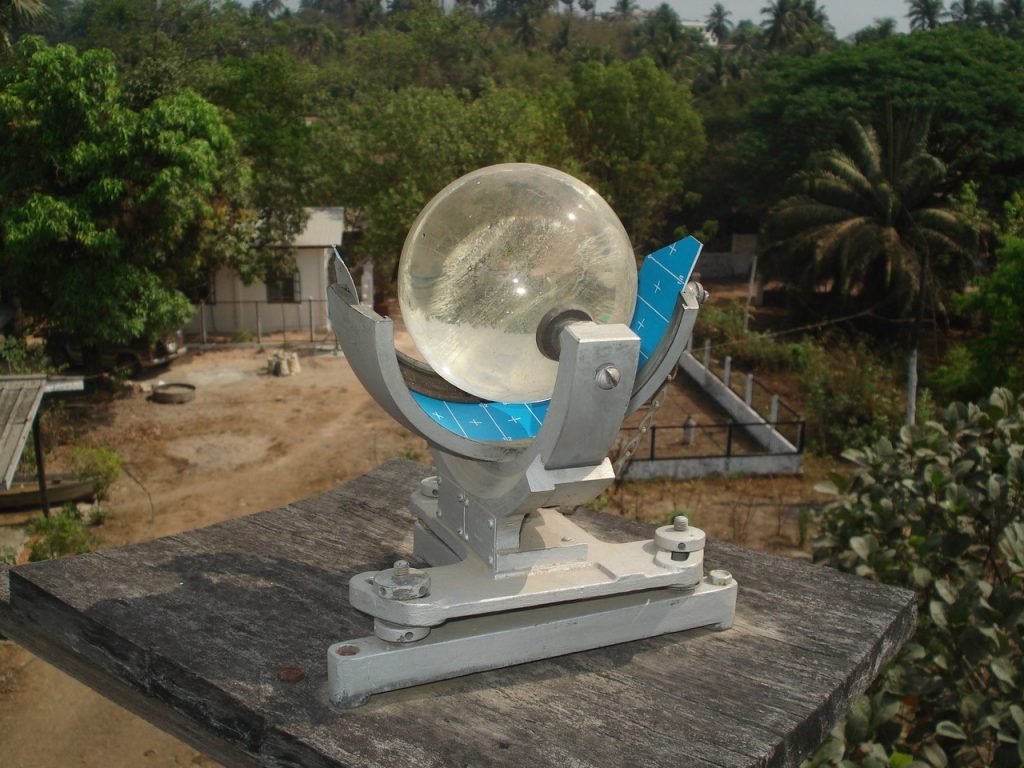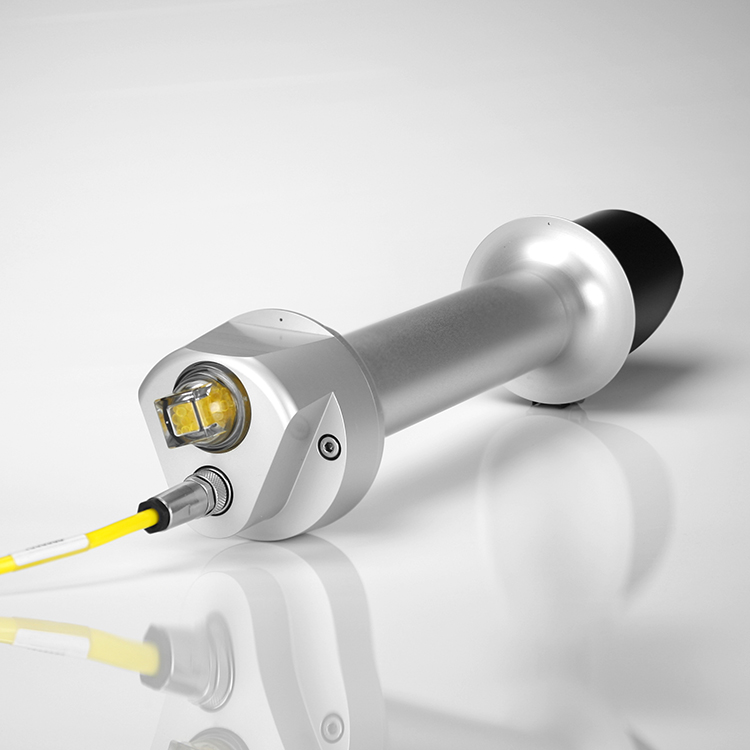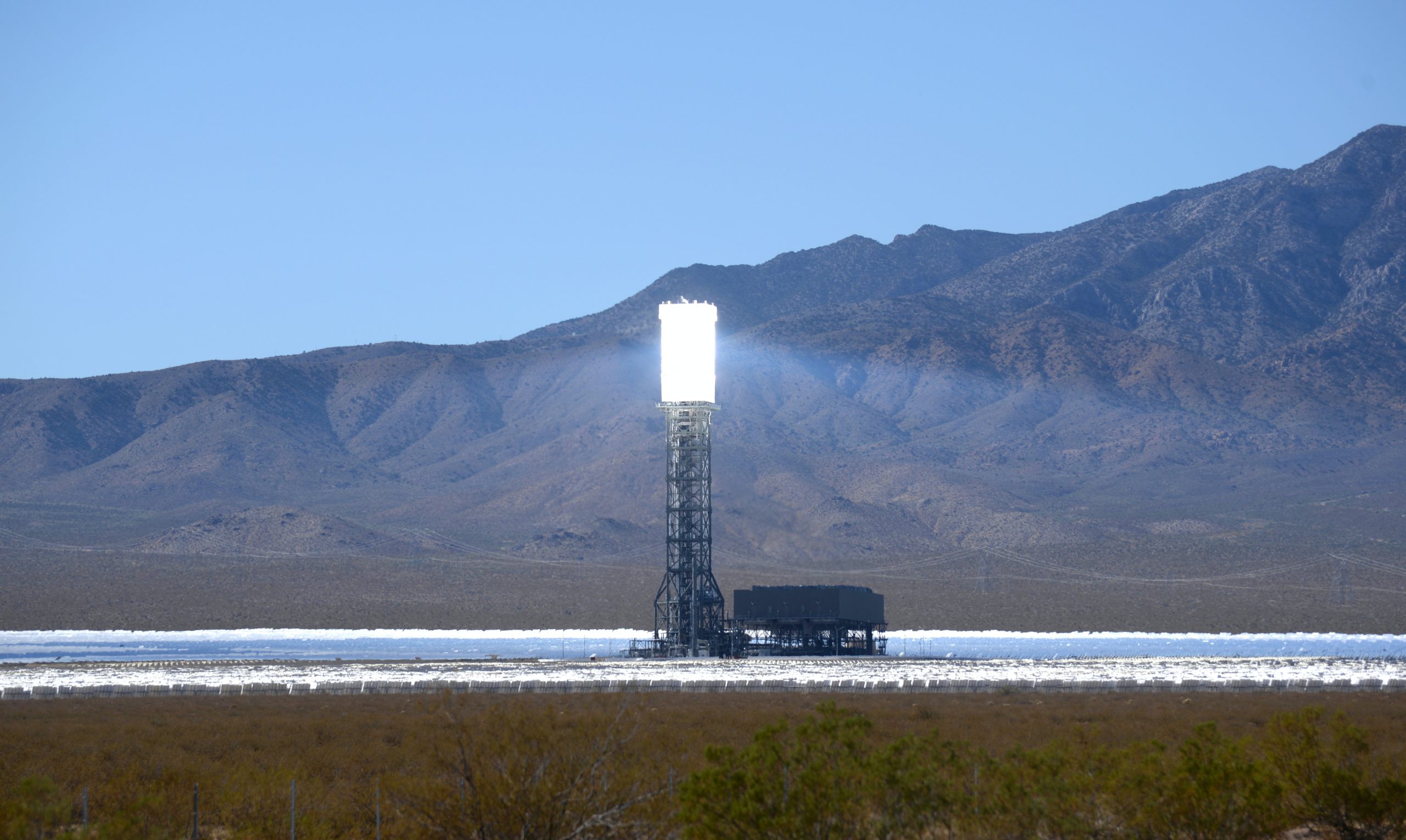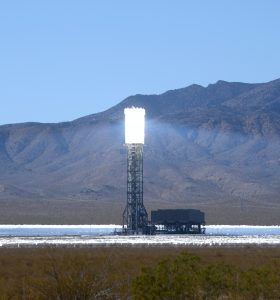Constructed in NSW, 1981, White Cliffs Solar Power Station was the first concentrated solar thermal power station in Australia. In fact, it was Australia’s first solar power station. However, White Cliffs Solar Power Station used dishes lined with mirrors to focus sunlight to a central point as opposed to photovoltaic panels.

Concentrated solar thermal power stations differ from photovoltaic (PV) solar power stations. Photovoltaic systems convert solar energy into electricity in the photovoltaic panels. Whereas, concentrated solar thermal power stations focus the Sun’s energy at a single point on a receiving tower using an array of specially designed mirrors (also called heliostats).
Similar, to a Campbell-Stokes recorder, which uses a glass globe to focus sunlight at a single point to burn a hole through a card, the principal of heliostats is the same.

Internal reflection inside the globe of a Campbell-Stokes recorder ‘automatically’ focuses sunlight on to a single point with only basic alignment needed. Unfortunately, this is not the case for concentrated solar thermal systems. Therefore, it is necessary for the mirrors to be very carefully aligned or continuously orientated to the sun’s location to maximise reflection. For this, pyrheliometers are used in both the planning phase and while the plant is operational.
Pyrheliometer measurements help optimise mirror positioning and alignment for maximum energy reflection. Some concentrated solar thermal power stations fix the mirrors in place and circle the receiver to capture a day’s irradiance. Whereas others use a dual-axis system to precisely angle the mirrors. As a result of the dual-axis, the mirrors have a greater range of rotation. This greater range means they do not need to surround the receiver tower.
Electricity generation

The mirrors themselves do not generate useable electricity.
The receiver towers contain fluids in the form of oils or molten sodium. The focussed energy from the mirrors heats the fluids in the receiver. The heated fluids store heat energy acting as a battery. Subsequently, the battery’s potential energy is increased during the day, then released as electricity at night to meet energy demands. However, electricity can be generated during the day to meet demand.
Concentrated solar power stations create electricity by using the energy in the heated fluids to heat water into steam. As per traditional coal or gas power stations, the steam spins turbines that generate electricity.



